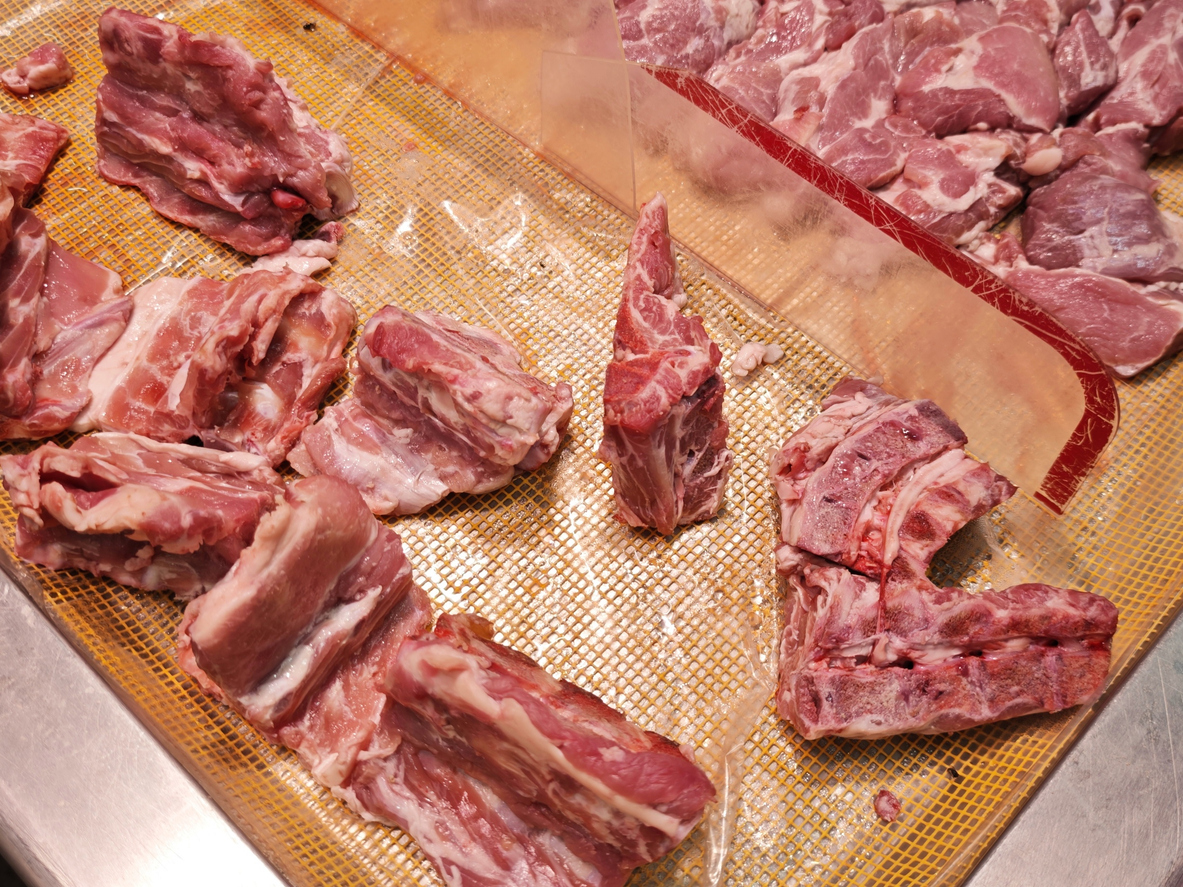After suggesting the United States would buy Argentinian beef to bring down the cost of American beef, the president doubled down on that plan with comments on social media aimed at farmers and ranchers.

The comments sparked responses from various ag groups. The National Cattlemen’s Beef Association responded with the following statement:
The reality is that ranchers’ success is driven by their own hard work. America’s cattlemen and women operate in one of the most competitive marketplaces in the world. U.S. cattle producers are proud to provide the safest, highest-quality beef on earth. We simply ask that the government not undercut them by importing more Argentinian beef in order to manipulate prices.
Cattlemen and women cannot stand behind President Trump while he undercuts the future of family farmers and ranchers by importing Argentinian beef. It is imperative that President Trump and Secretary of Agriculture Brooke Rollins let cattle markets work without interference.
If the administration is truly an ally of America’s cattle producers, we call on him to abandon this effort to manipulate markets and focus instead on completing the promised New World Screwworm facility in Texas; make additional investments that protect the domestic cattle herd from foreign animal diseases such as FMD; and address regulatory burdens, such as delisting of the gray wolf and addressing the scourge of black vultures.
Other organizations, including the National Farmers Union, the American Farm Bureau Federation, the U.S. Cattlemen’s Association, and numerous legislators in Washington D.C. pushed back on the plan, urging the White House to pivot away from buying beef outside the United States.
Last Wednesday U.S. Secretary of Agriculture Brooke Rollins announced the U.S. Department of Agriculture intended to unveil a plan to revitalize the beef industry in the United States.
The USDA Plan to Fortify the American Beef Industry is a 13-page to-do list with three major components: protecting and improving the business of ranching, expanding processing, consumer transparency, and market access, and building demand alongside domestic supply.
At first glance, the plan highlights things that are certainly broken. However, closer inspection of the plan shows easy, practical solutions are missing.
For example, “expanding processing,” suggests additional grant funding resources will be made available for small meat packers through the Small Business Administration. The stated goal of the grant funding: to provide up to $25 million in development funds for the establishment of meat and poultry processors that focus on the local supply chain.
What the plan does not address is the need for the USDA to allow parity between federal and state meat inspection services. Under current law, only packing facilities inspected by a federal inspector are legally considered acceptable for sale of meat and poultry to consumers. It is okay for a local packer to butcher an animal for personal consumption. It is not okay for a packer to butcher an animal that will be sold to a third party. If the USDA truly wants to address an immediate need in the countryside, it could simply train and empower each state to have parity in meat and poultry processing standards for facilities and inspection services so local packers could provide both services simultaneously.
Rather than expanding reliance on government programs like grant funding for the establishment of new processors, now is the time for refinement of what already exists. Implying beef producers don’t understand the implications of global trade while offering an incomplete improvement plan as a “stick-and-carrot” method of regaining trust from the ag community seems unwise. A far better approach to bringing farmers and ranchers back to the table would be simply asking them what they need and implementing those changes with speed, efficiency, and minimal government interference.





